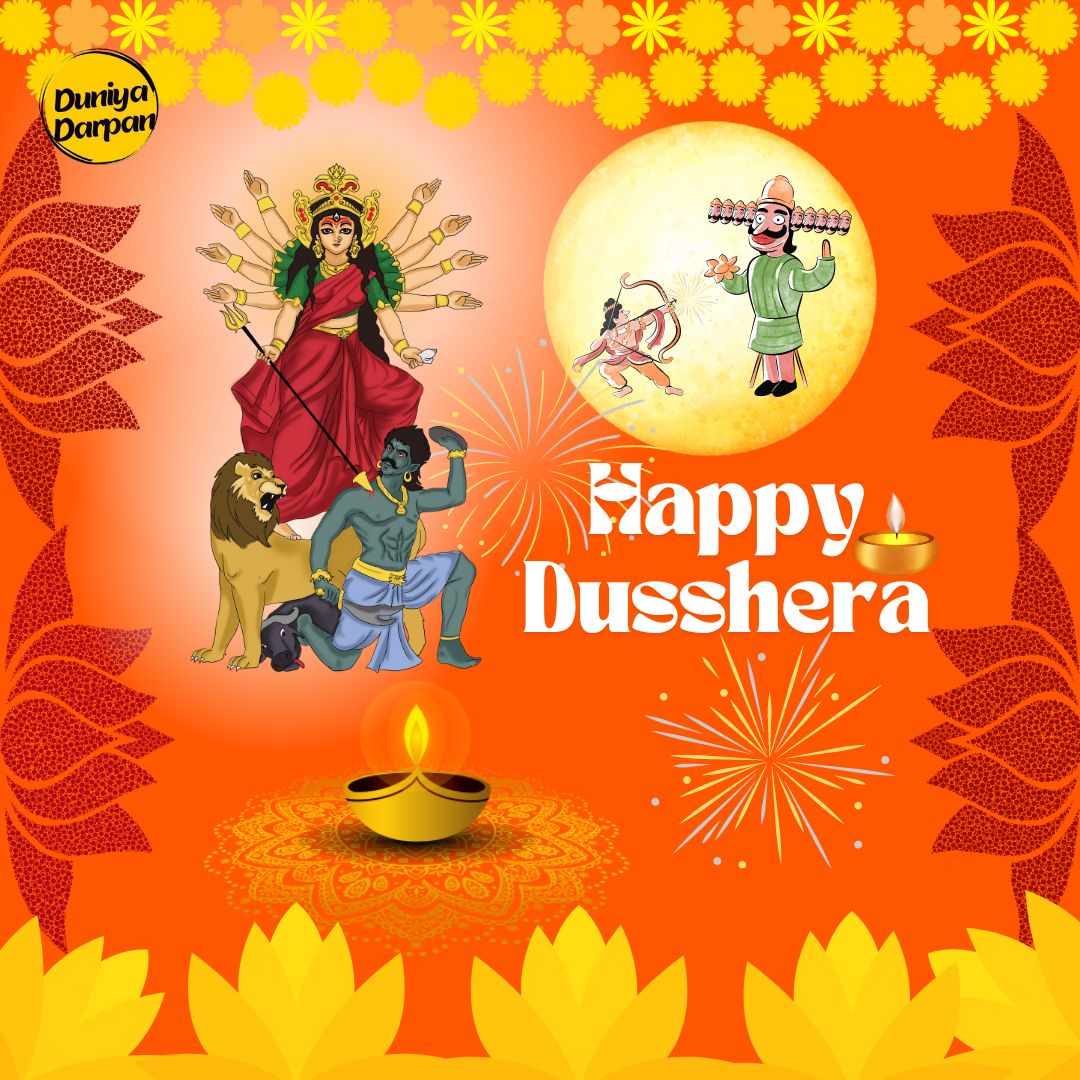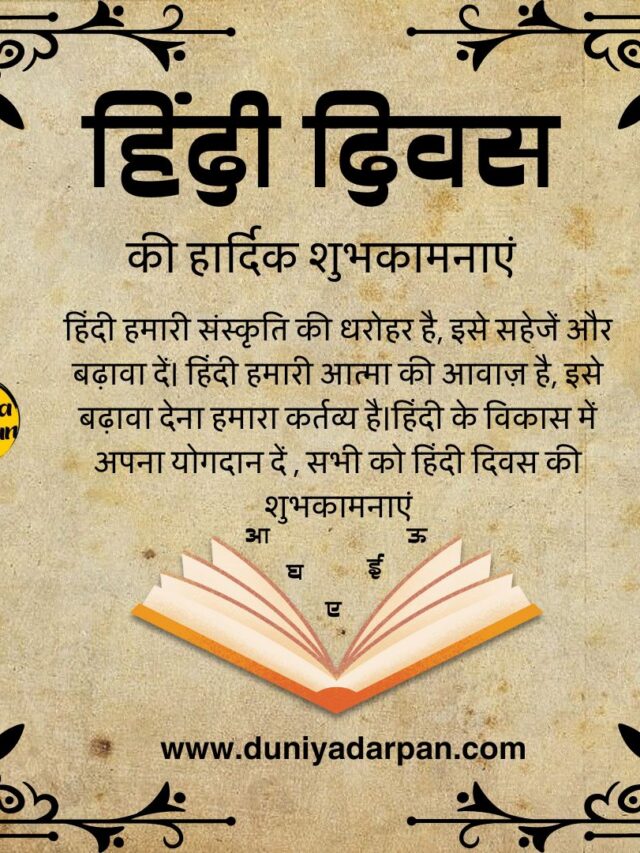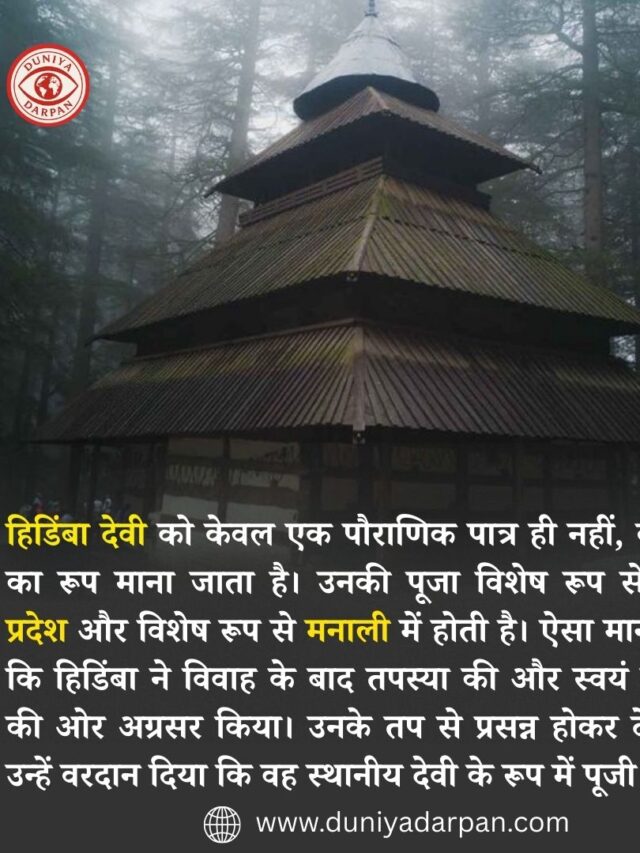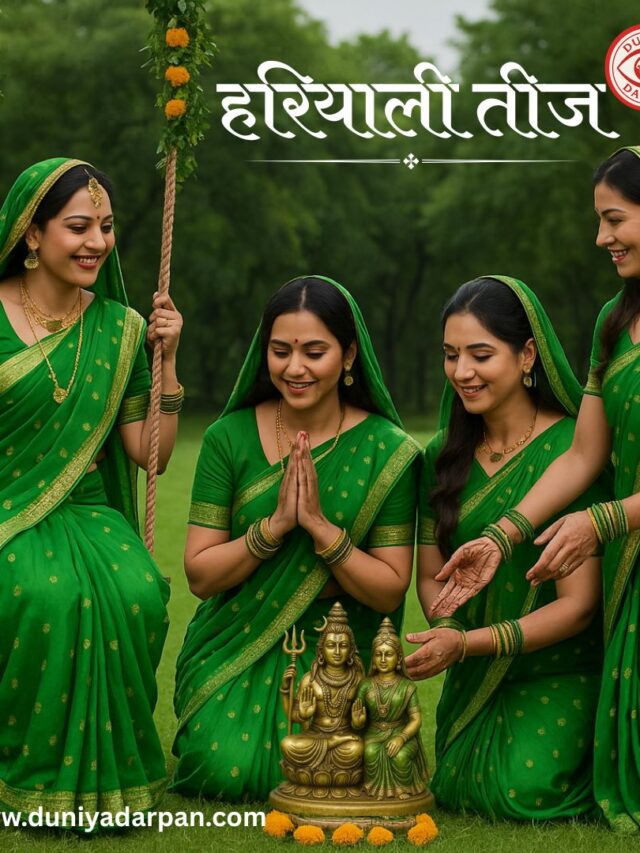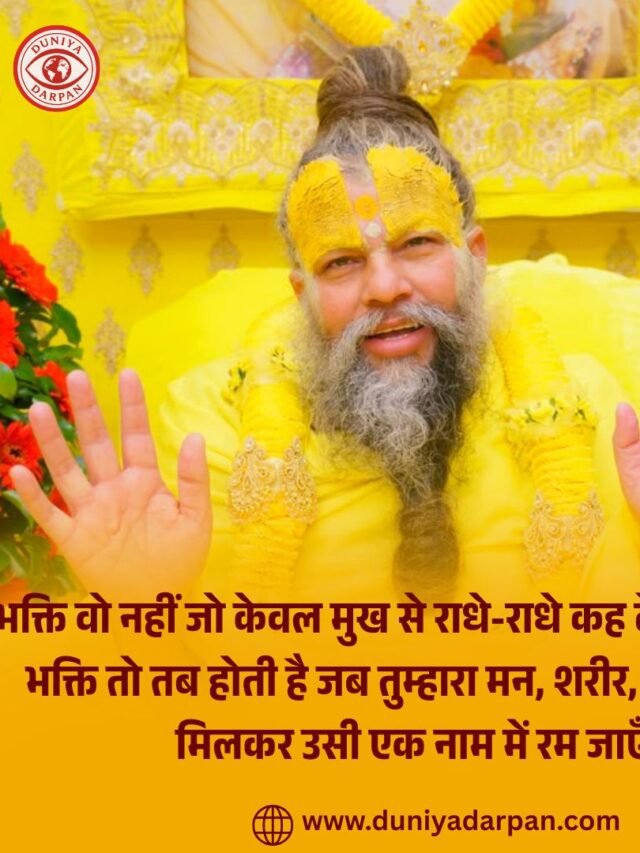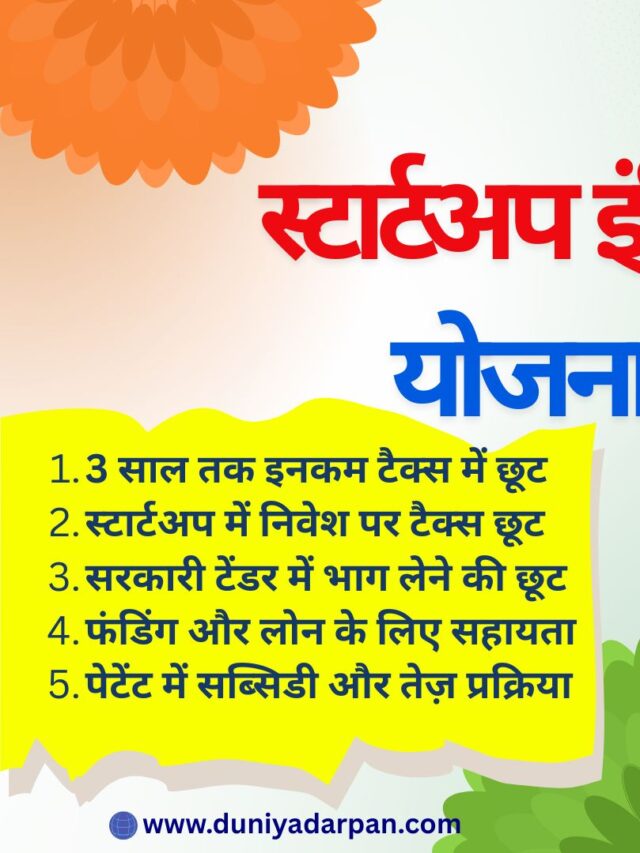Dussehra 2024: Vijayadashmi Date, Muhurat, and Celebrations Across India
Dussehra, also known as Vijayadashmi, is one of the most important festivals in India. In 2024, Vijayadashmi will be celebrated on Saturday, October 12. This day marks the victory of good over evil and is celebrated with great enthusiasm across the country.
Auspicious Time (Muhurat) for Vijayadashmi
On October 12, the Vijay Muhurat is from 2:22 PM to 3:09 PM, giving a duration of 47 minutes for performing prayers and special rituals.
However, in Bengal, Vijayadashami will be observed a day later, on Sunday, October 13, 2024. The Aparahna Puja Time in Bengal is scheduled from 1:35 PM to 3:56 PM, lasting for 2 hours and 21 minutes.
Key Timings on Dussehra 2024
- Dashami Tithi: Begins at 10:58 AM on October 12 and ends at 9:08 AM on October 13.
- Shravana Nakshatra: Begins at 5:25 AM on October 12 and ends at 4:27 AM on October 13.
Dussehra Celebrations Across India
Dussehra is celebrated in different ways throughout India, symbolizing the triumph of good over evil. Here’s how some states celebrate this festival:
- North India: In states like Uttar Pradesh and Delhi, Dussehra is famous for the burning of large effigies of Ravana, Meghnad, and Kumbhkaran. People gather in huge crowds to witness this symbolic victory of Lord Rama over Ravana. The day ends with colorful fireworks.
- West Bengal: Known as Vijayadashami, the festival marks the end of Durga Puja. On this day, people bid farewell to Goddess Durga, and her idols are immersed in rivers. It’s a beautiful and emotional time, as devotees celebrate the Goddess’s return to Mount Kailash.
- Mysore (Karnataka): Vijyadashmi in Mysore is grand and royal. The city palace is beautifully illuminate, and a grand procession of elephants carrying Goddess Chamundeshwari’s idol takes place. It’s one of the most famous Dussehra celebrations in India.
- Gujarat: Dussehra is celebrate with Garba and Dandiya, traditional dances performed during the nine days of Navratri, leading up to Vijyadashmi. The tenth day signifies victory, and people rejoice with music, dance, and sweets.
- Maharashtra: In Maharashtra, people also celebrate by exchanging Apta tree leaves, symbolizing gold, with their loved ones. The day is consider auspicious to begin new ventures, and many people worship their tools and vehicles.
- Tamil Nadu: Dussehra is celebrate as a part of the Navratri festival, and homes are decorate with dolls arrange in steps, called “Bommai Golu.” The festival also involves various cultural performances and music events.
- Himachal Pradesh: The Dussehra in Kullu is unique and vibrant. It begins when Dussehra ends in other parts of India. The week-long Kullu Dussehra involves processions, folk dances, and the worship of local deities.
Significance of Dussehra
However, dussehra symbolizes the victory of good over evil, knowledge over ignorance, and light over darkness. At last, it’s a reminder that righteousness always wins in the end, no matter how powerful evil may seem.
So, whether it’s through Ravana Dahan, Garba dances, or Durga idol immersion,Vijyadashmi brings joy and positivity to people all over India, celebrating the essence of victory, unity, and the spirit of goodness.
X

